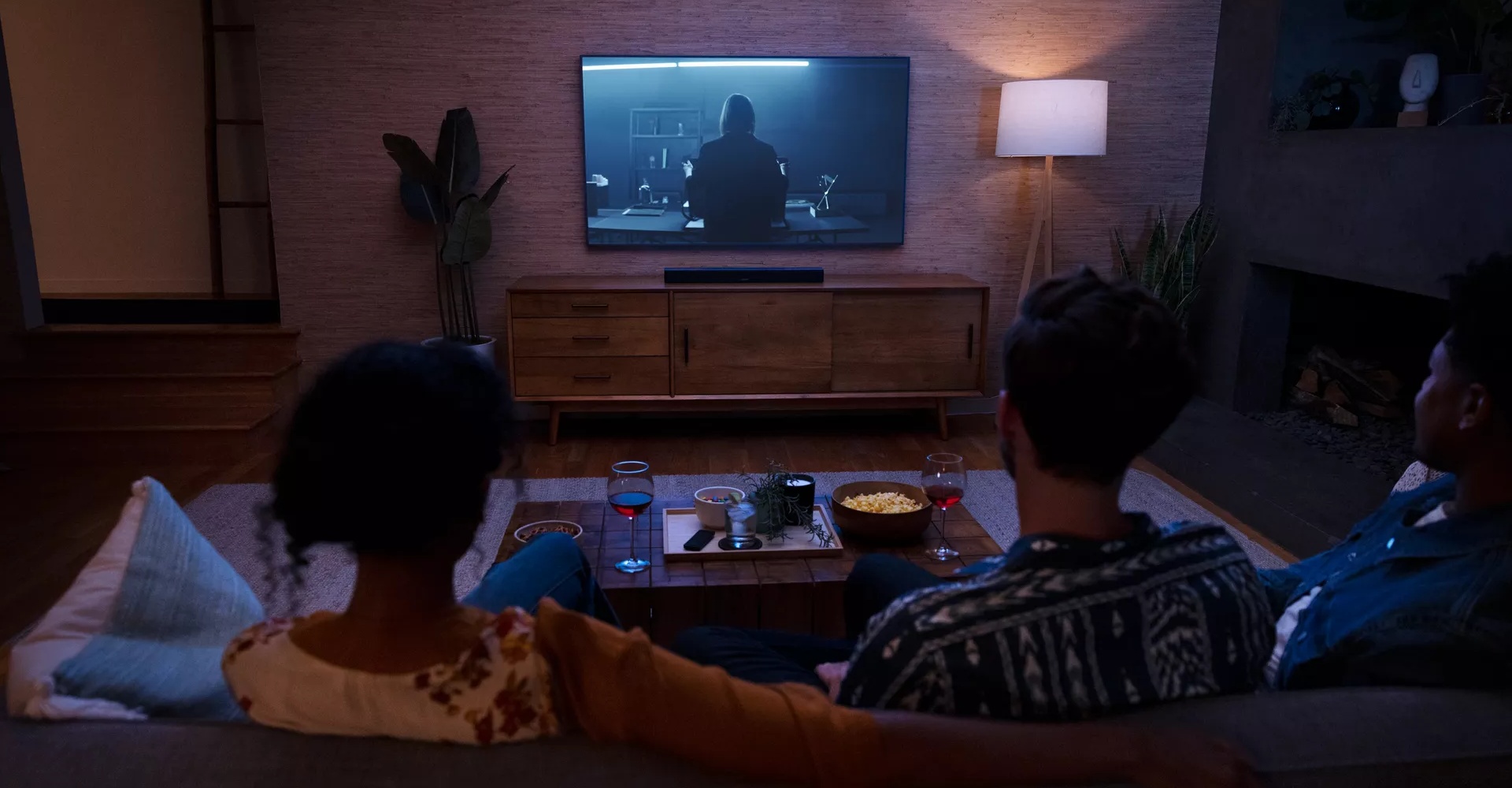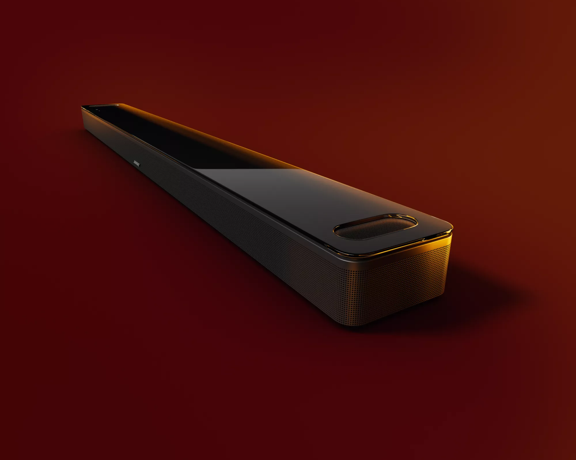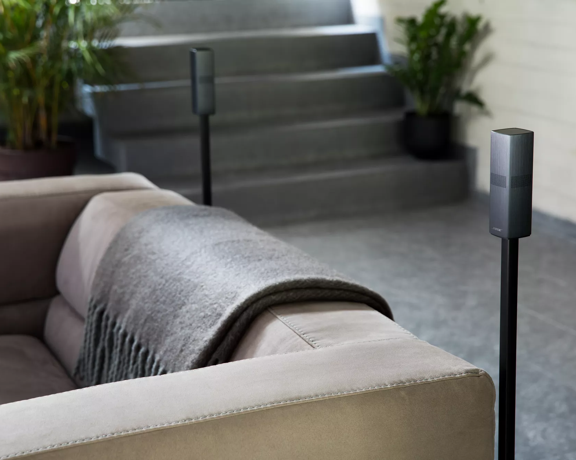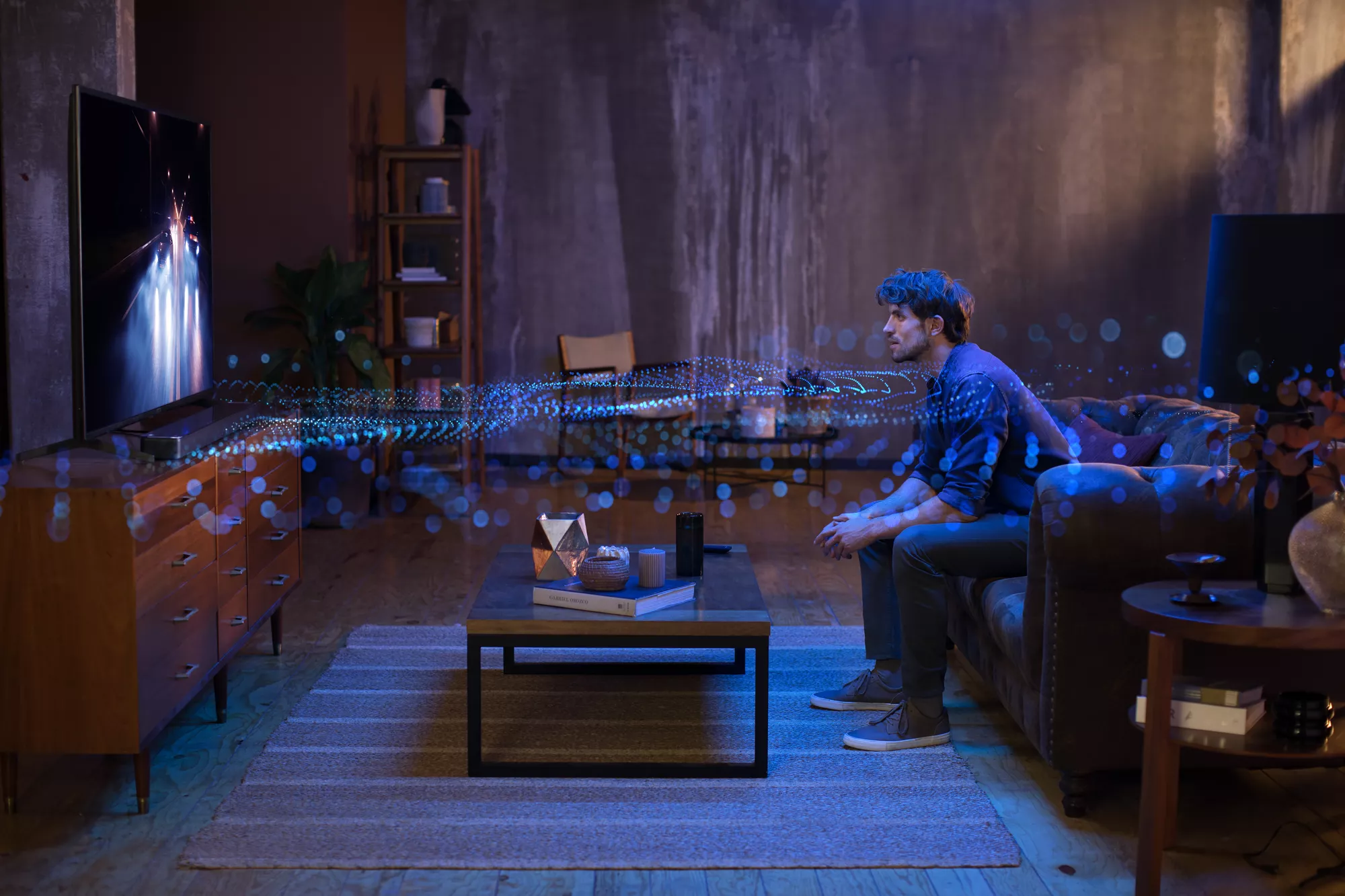Mono

Stereo

Surround

Dolby Atmos builds on surround sound to create three-dimensional audio
What do I need to experience Dolby Atmos?


Accessing Dolby Atmos content
Reviving classic albums
Even more ways to experience Dolby Atmos

Featured in this story
Colour:
Black
Colour:
Black
Colour:
Chilled Lilac




